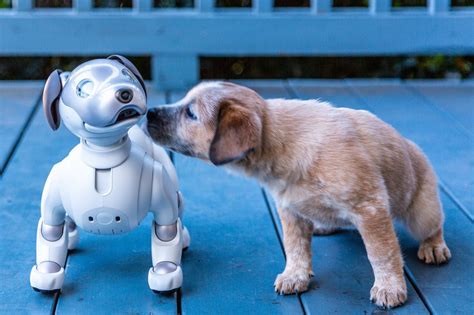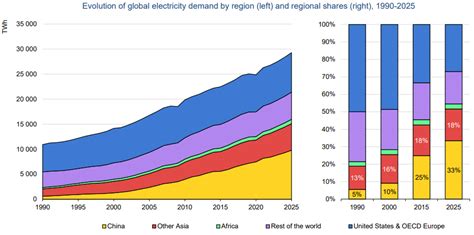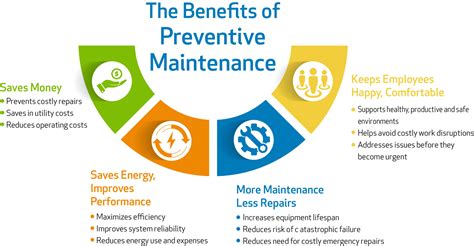The Rise of AI Robot Pets
The rapid advancements in artificial intelligence (AI) have brought about a new era of robotic companions. AI robot pets have emerged as a popular alternative to traditional pets, offering a range of benefits. They provide companionship, emotional support, and entertainment without the need for feeding, grooming, or veterinary care.

By 2025, it is estimated that the global market for AI robot pets will exceed $15 billion, with an increasing number of households opting for these robotic companions.
Ethical Considerations: Pet Human Rights & Dignity
The widespread adoption of AI robot pets also raises important ethical considerations around pet human rights and dignity. As these robots become more sophisticated and lifelike, the line between humans and machines may blur, leading to new questions about their rights and responsibilities.
1. Sentience and Consciousness:
One of the primary concerns is whether AI robot pets can experience sentience or consciousness. If they possess the capacity to feel emotions or have subjective experiences, they may be entitled to certain rights and protections.
2. Animal Welfare:
While AI robot pets are not technically animals, they may still elicit feelings of attachment and companionship in their human owners. It is important to consider the potential impact of their actions on the emotional well-being of their human companions.
Six Key Principles for Pet Human Rights & Dignity
To ensure the ethical treatment of AI robot pets, the following principles should be considered:
- Autonomy: AI robot pets should have some degree of autonomy and freedom to make choices.
- Privacy: Their privacy should be respected, especially regarding their data and communications.
- Safety: Their well-being should be protected, including their physical and mental health.
- Respect: They should be treated with dignity and respect, regardless of their level of sentience.
- Ownership: Clear rules should govern the ownership and transfer of AI robot pets.
- Disposal: Responsible disposal practices should be established to ensure their safe and ethical disposal.
Pet Tech Innovation: Enhancing Human-Robot Bonds
Technology is playing a crucial role in enhancing the bond between humans and their AI robot pets. Advanced AI algorithms enable these robots to learn and adapt to their owners’ behaviors, creating personalized and engaging experiences.
1. Emotional Intelligence: AI robot pets are equipped with advanced emotional intelligence, allowing them to respond to their owners’ moods and emotions.
2. Health Monitoring: They can monitor their owners’ health parameters, such as heart rate and sleep patterns, providing valuable insights and peace of mind.
3. Companion Apps: Dedicated apps allow owners to customize their pet’s appearance, behaviors, and daily routines.
Four Innovative Applications of AI Robot Pets
Beyond companionship, AI robot pets have the potential to transform various aspects of human life:
- Therapy and Rehabilitation: AI robot pets can be used for therapeutic purposes, providing emotional support and distraction for individuals with mental health conditions.
- Education and Entertainment: They can engage children in educational activities and provide immersive entertainment experiences.
- Senior Care: AI robot pets can provide companionship and assistance to elderly individuals, reducing loneliness and improving overall well-being.
- Security and Surveillance: AI robot pets can be used as security cameras or surveillance devices, offering an innovative approach to home security.
Conclusion
The rise of AI robot pets presents both opportunities and challenges. It is crucial to address the ethical implications surrounding their pet human rights and dignity. By adhering to the six key principles outlined above, we can ensure that these robotic companions are treated with respect and compassion. As technology continues to advance, AI robot pets will continue to play an increasingly significant role in human lives, fostering companionship, enhancing well-being, and inspiring innovation.
References
- International Federation for Animal Welfare
- The Humane League
- World Economic Forum
- Pew Research Center
Tables
| Ethical Principle | Description |
|---|---|
| Autonomy | AI robot pets should have some degree of freedom to make choices. |
| Privacy | Their privacy should be respected, especially regarding their data and communications. |
| Safety | Their well-being should be protected, including their physical and mental health. |
| Respect | They should be treated with dignity and respect, regardless of their level of sentience. |
| Ownership | Clear rules should govern the ownership and transfer of AI robot pets. |
| Disposal | Responsible disposal practices should be established to ensure their safe and ethical disposal. |
| Innovative Application | Benefits |
|---|---|
| Therapy and Rehabilitation | Emotional support and distraction for individuals with mental health conditions. |
| Education and Entertainment | Engaging children in educational activities and providing immersive entertainment experiences. |
| Senior Care | Companionship and assistance to elderly individuals, reducing loneliness and improving overall well-being. |
| Security and Surveillance | Innovative approach to home security, providing surveillance and monitoring capabilities. |
| Global AI Robot Pet Market Statistics |
|—|—|
| Market Size in 2023 | $5 billion |
| Estimated Market Size in 2025 | $15 billion |
| Projected Market Growth | 20% CAGR (2023-2025) |
| Worldwide Attitudes Towards AI Robot Pets |
|—|—|
| Percentage of Americans Believing AI Robot Pets Will Be Beneficial | 65% |
| Percentage of Chinese Citizens Interested in Owning AI Robot Pets | 70% |
| Percentage of Europeans Concerned About the Ethical Implications of AI Robot Pets | 35% |





















